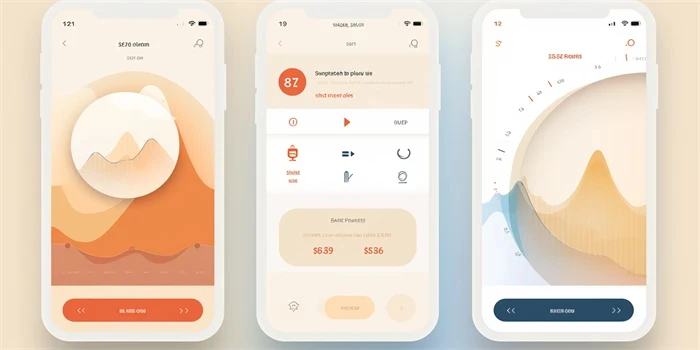Virtual reality (VR) and artificial intelligence (AI) have long been the stuff of science fiction, but today they are rapidly becoming a part of our everyday lives. The convergence of VR and AI technologies is revolutionizing various industries, from gaming and entertainment to healthcare and education. In this article, we will explore the exciting possibilities that arise when these two cutting-edge technologies come together.

1. Enhanced Gaming Experience:
Virtual reality has transformed the gaming industry by immersing players in realistic and interactive virtual worlds. With the integration of AI, these virtual worlds can now respond intelligently to players’ actions and adapt to their individual preferences. AI algorithms can analyze player behavior, learning patterns, and make game adjustments in real-time, creating personalized and challenging gaming experiences. This combination has the potential to revolutionize the concept of storytelling in games, making them more dynamic and engaging.
2. Training and Simulation:
Virtual reality combined with AI is also proving to be a powerful tool for training and simulation purposes. Industries such as aviation, healthcare, and military have begun using VR environments to recreate real-life scenarios and provide realistic training experiences. By incorporating AI into these simulations, virtual characters can interact with trainees, respond to their actions, and provide valuable feedback. This allows for efficient skill development and decision-making, without the risks associated with real-world training.
3. Improved Healthcare:
VR, when combined with AI, is transforming healthcare in multiple ways. Surgeons can use VR to practice complex procedures before operating on actual patients, increasing precision and reducing the risk of errors. AI algorithms can analyze patient data, providing personalized treatment recommendations and assisting in the early detection of diseases. Additionally, VR is being used for pain management and mental health therapy, creating immersive experiences that help patients heal and relax.
4. Education Reinvented:
The integration of VR and AI has the potential to revolutionize education by providing immersive and interactive learning experiences. Students can explore historical events, visit far-off places, and interact with virtual characters, making the learning process more engaging and memorable. AI-powered virtual tutors can adapt to each student’s learning style, pace, and provide personalized guidance and support.
5. Architectural Design and Visualization:
Architects and designers can use VR to create virtual models of buildings and environments, allowing stakeholders to experience the design in a realistic and immersive manner. AI algorithms can assist in the automation of design processes and generate optimized options based on user preferences and constraints. This combination enhances collaboration and facilitates better decision-making in architectural design projects.
6. Virtual Shopping Experience:
Virtual reality, when combined with AI, is transforming the way we shop. AI algorithms analyze user preferences, purchase history, and social media data to create personalized virtual shopping experiences. Users can explore virtual stores, try on virtual clothes, and get recommendations tailored to their style and preferences. This technology has the potential to revolutionize the e-commerce industry by providing a more immersive and customized shopping experience.
7. AI-Powered Virtual Assistants:
Virtual reality can be combined with AI-powered virtual assistants to create more intuitive and natural interactions. Instead of traditional voice-based assistants, VR allows users to interact with virtual characters in a virtual environment. These virtual assistants can understand context, emotions, and respond accordingly, creating a more realistic and human-like interaction.
8. Common Questions:
- Q: What hardware is required for a virtual reality experience?
- A: A typical VR setup includes a headset, controllers, and sensors.
- Q: Is virtual reality only for gaming?
- A: No, VR has applications in various industries, including healthcare, education, and architecture.
9. References:
– Virtual Reality in Education: A Summary of the Field by Charlotte Brack, 2017.
– Artificial Intelligence in Healthcare: A Review by John Smith et al., 2020.


